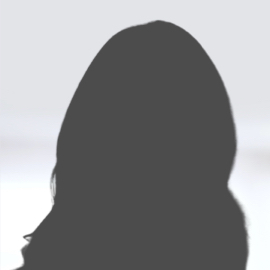Direct Current Cardioversion

Overview
What is a Direct Current Cardioversion?
Direct current cardioversion is an outpatient procedure used to restore normal heart rhythm if you have arrhythmias (abnormal heartbeats). Arrhythmias can cause fainting, stroke, heart attack and even sudden death. Direct current cardioversion sends electric shocks to your heart through electrodes placed on your chest to reset a normal rhythm. This procedure is different from defibrillation, which is an emergency procedure although both use shock to reset the heart, but defibrillation uses stronger shock to stop severe arrhythmias that can cause sudden death.
Risks
Direct Current Cardioversion Potential Risks and Complications
Complications from direct current cardioversion are rare, but risks may vary based on your age, the type of abnormal rhythm you have and your overall health and may include:
Dislodged blood clots
Dislodged blood clots since some people who have arrhythmias may have blood clots in their hearts. This can be a life-threatening situation and your doctor may prescribe blood-thinning medications before the procedure.
Heart rhythm problems
In rare cases, you may develop other heart rhythm problems during and after the procedure and your doctor will give you medication or additional shocks to correct this.
Your heart may become unable to pump enough blood to meet your body’s needs.
Low blood pressure
Temporary low blood pressure.
May not reset abnormal heart rhythms
In some cases, the procedure may not reset abnormal heart rhythms, and your doctor may recommend medicines before and after the procedure to prevent this.
Skin burns
Skin burns where the electrodes were placed are very rare.
Your doctor will discuss the benefits and risks of this procedure so you can make an informed decision.
Prep
Preparing for Direct Current Cardioversion
Direct current cardioversion is usually scheduled in advance on an outpatient basis, and your doctor will give you specific instructions to prepare for the procedure. You will be asked to not eat or drink anything 8 hours before the procedure. Follow your doctor’s instructions about taking medications. If you’re at risk of blood clots or have had them in the past, your doctor may give you anti-clotting medicine. Your doctor may also recommend a transesophageal echocardiogram to check for blood clots in your heart, and if found will delay the procedure.
What to Expect
What to Expect During Direct Current Cardioversion
During the Procedure
In general you can expect the following during a direct current cardioversion:
- You’ll have an IV put in place and where medicine to make you fall asleep will be injected.
- Electrodes connected to a cardioversion machine are placed on your chest and maybe on your back.
- The cardioversion machine is programmed to send high-energy shock to your heart to get the heart back to normal rhythm.
- You will be monitored for any signs of complications.
- The procedure takes a few minutes and you’ll wake up when completed.
After the Procedure
After the procedure, you’ll be in recovery mode and closely monitored for complications for several hours. You’ll feel sleepy and someone should drive you home. You may have some soreness on your chest for a couple of days. For most people, the cardioversion procedure can quickly restore regular heartbeat; however, your doctor may prescribe medications to prevent further abnormal heart rhythms or to prevent blood clots.
Your doctor may also recommend the following to improve your heart health:
- Stop or limit caffeine or alcohol.
- Eat a heart-healthy diet.
- Get more exercise.
- Maintain a healthy weight.
- Quit smoking.
- Limit stress.
- Use less salt.
Specialists




















